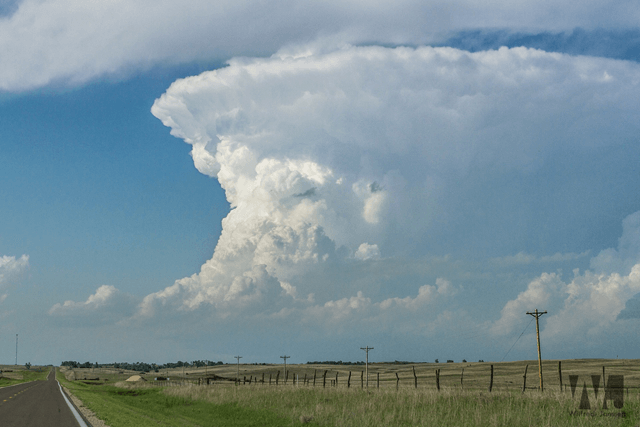
We have also studied the reactivity of the clusters with hydrogen, which is considered a descriptor of the ability of the cluster to catalyze the breaking of a C–H bond in an alkane. These finding demonstrate that in some cases it is essential to have two clusters in the supercell and that results obtained with one cluster in the supercell can be misleading. Individual supercells can last for hours and travel dozens of miles. No such interactions were found when the supercell contained VOₓ clusters with the same number of oxygen atoms. Supercells are rotating thunderstorms that occur in the United States and other parts of the world. The stabilization occurs because of a Lewis acid–base interaction: VO₂ donates electron charge to VO₃ and this lowers the energy substantially. We find that the most stable configuration is obtained when the supercell contains one VO₂ and one VO₃ cluster.

Supercell thunderstorms are perhaps the most violent of all thunderstorm types, and are capable of producing damaging winds, large hail, and weak-to-violent tornadoes. To examine the consequences of this choice, we examine a VOₓ and a VOy cluster in the same supercell. Structure and Dynamics of Supercell Thunderstorms. and Vanhellemont25 who employed supercell DFT LDA/GGA calculations. This forces all VOₓ clusters to be identical and precludes interactions between them. A similar relaxation process is observed for SPC clusters, which contain 5, 8, 10.

Past calculations examined such systems by using one V atom per supercell. Density functional theory is used to study monomeric vanadium oxide clusters formed by exposing to oxygen a rutile TiO₂(110) surface on which vanadium atoms have been preadsorbed.


 0 kommentar(er)
0 kommentar(er)
